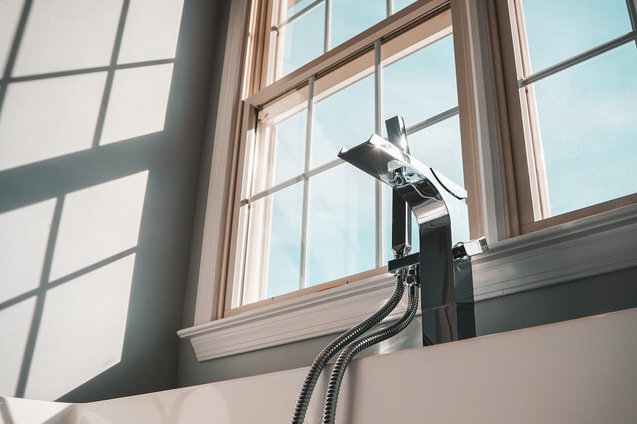6 August 2021
How to Reduce Your Hot Water Heating Costs With a Hot Water Timer
A hot water timer is a small device that automatically controls when your hot water system is turned on and off, it essentially acts as a programmable switch for your water heater. This device is typically installed between the power supply and the hot water unit by a licensed electrician.
How does a hot water timer work?
A hot water timer is a device that controls the operation of your hot water system. It allows you to control when water is being heated, thus saving you money and energy. Here is a step-by-step process of how a hot water timer works:
- The hot water timer is installed onto the electrical circuit that supplies power to your hot water system. Here it acts as a switch, controlling the flow of energy to the hot water system.
- Once installed, you can then programme the timer to turn your hot water system on/off at certain times during the day.
- During “on” periods the water allows electricity to flow to the heating element, allowing the heating of water.
- During “off” periods, the timer cuts the power supply, preventing water heating.
Hot Water Timers and Solar Systems: The Ultimate Energy Saving System
Pairing a hot water timer with a solar hot water system can lead to significant cost savings, by maximising the use of free solar energy. By scheduling your hot water heater to heat your water during the sunniest part of the day – when your solar is producing the most – you reduce the need to heat water using expensive peak-hour electricity. When you have a hot water timer installed, these periods of peak solar power generation when your family is out at work or school are being utilised to heat the hot water for your home. Want to discover more about solar hot water systems, click here.
What are the benefits of installing a hot water timer?
Cost Savings: Reduce your energy bills by only heating water when it’s needed.
Convenience: Stop manually turning your hot water system on and off, a hot water timer can do this the easy way.
Reduce your Carbon Footprint: No more wasting energy on heating water that’s not being used.
Reduce Standby Losses: A hot water timer minimises standby losses by turning off the system when water isn’t needed.
How to know if a hot water timer is right for my home:
As every household has varying hot water requirements we recommend getting advice from a specialist. Your local electrician can assess your solar hot water system plus your water usage habits to provide you with specific advice on whether a hot water timer is right for your household. Hot water timers work best with electric hot water systems fitted with smaller elements. This is because the solar system will only begin to power the hot water system once it generates enough electricity to meet the element power requirements.
For example, a hot water heater with a 1.8kW element only needs the solar system to be generating 1.8kW for heating to start. This compares much better than a hot water system with a larger element, 3.6kW for instance, which may require a bigger solar unit or a really sunny climate to generate enough energy to meet the requirements of the element. In most cases, the element fitted to your current storage tank can be replaced with a smaller one if needed. The smaller element can still heat all the water in the tank, it will just take a bit longer to do so.
When choosing the right hot water timer for you, it’s good to understand the range of choices on offer:
Basic Timers: Offering simple on/off scheduling with fixed times.
Advanced Timers: A step-up from their basic model, these timers often include multiple on/off periods in a single day, day of the week scheduling and boosting functions to create more hot water.
Smart Timers: These timers can be controlled via your smartphone and include many of the features of an advanced timer.
A hot water timer is a great addition to any home, and they can be added to nearly all types of electric hot water systems including storage tank water heaters, heat pump water heaters and solar hot water systems. These handy little additions can be installed by our expert electricians with same day service available today.
Fallon Solutions Hot Water Timers
Same-day Service: Our electricians & plumbers are available across Greater Brisbane, the Gold Coast and the Sunshine Coast so you never have to look far for our trusted technicians.
24/7 Emergency Hot Water Plumbing Service: We are proud to offer emergency plumbing to residents of Greater Brisbane.
Excellent Customer Service: With thousands of 5-star reviews, we know the importance of quality customer service. Let us guide you through hot water timer installation, repairs and services.
Highly Qualified & Knowledgable Hot Water Plumbers: Our team of hot water specialists are experts in their field. With up-to-date qualifications, insurance and extensive knowledge.
We aim to provide you with fast, reliable service with minimal impact to your day. Contact Fallon Solutions on 1300 054 488 or complete our online booking enquiry here.

